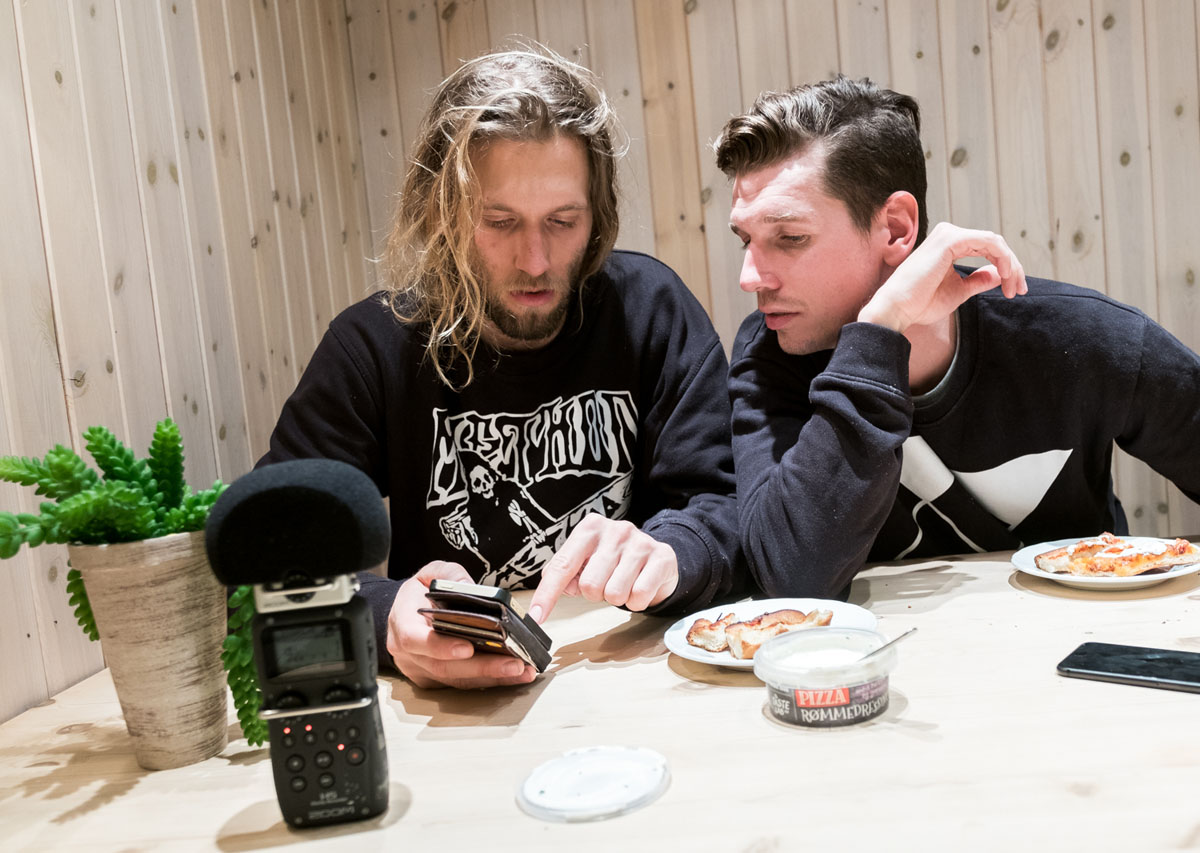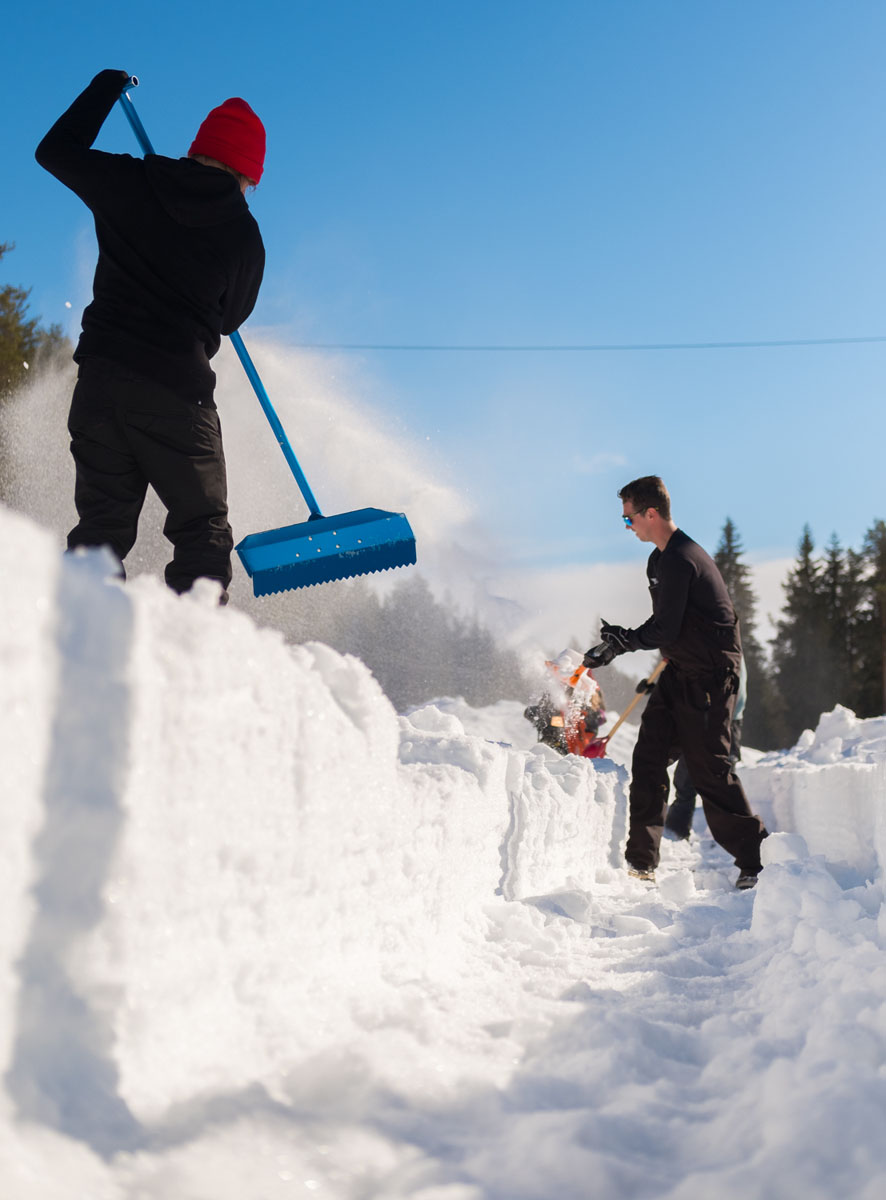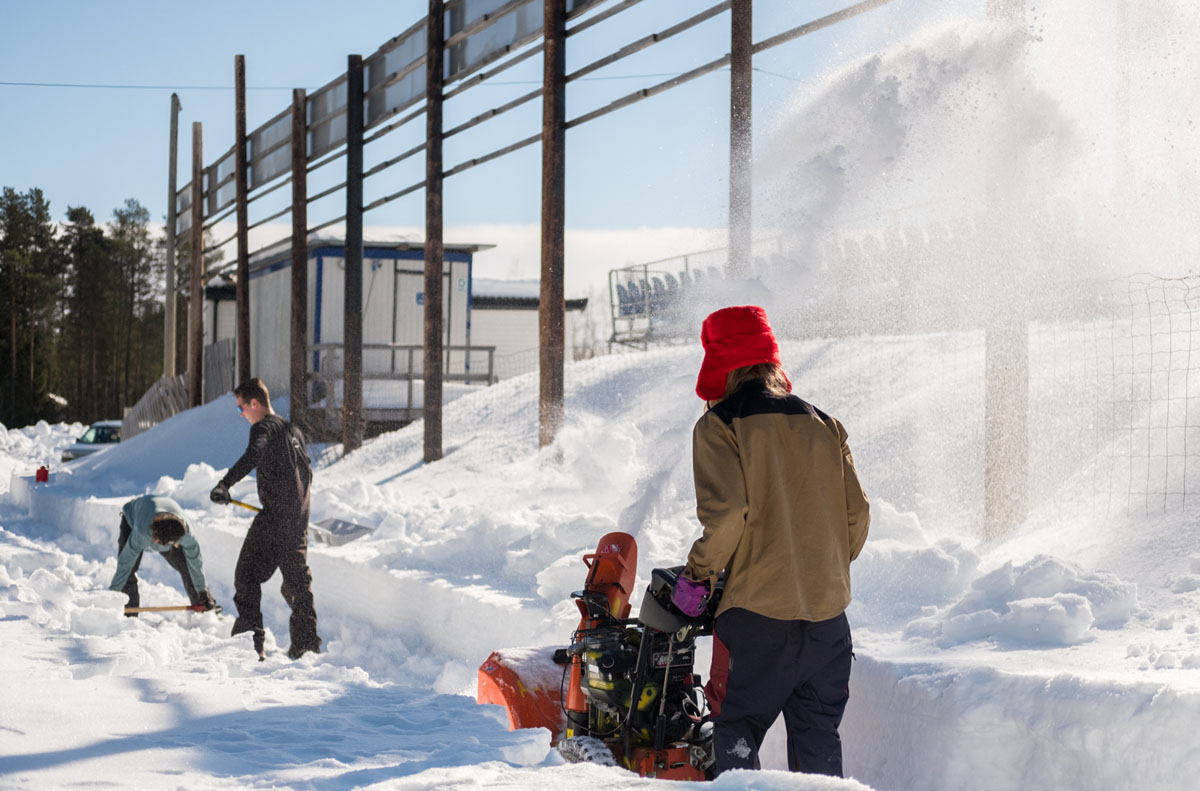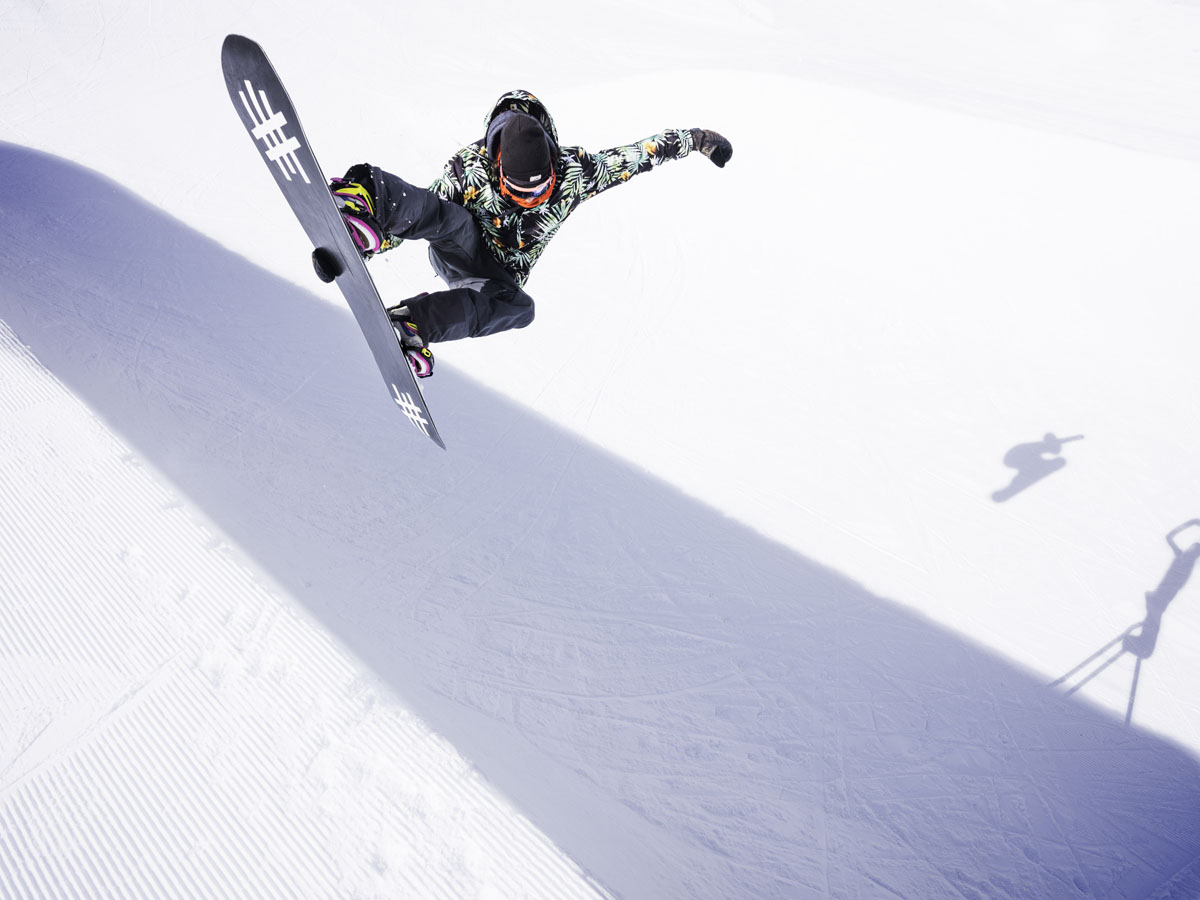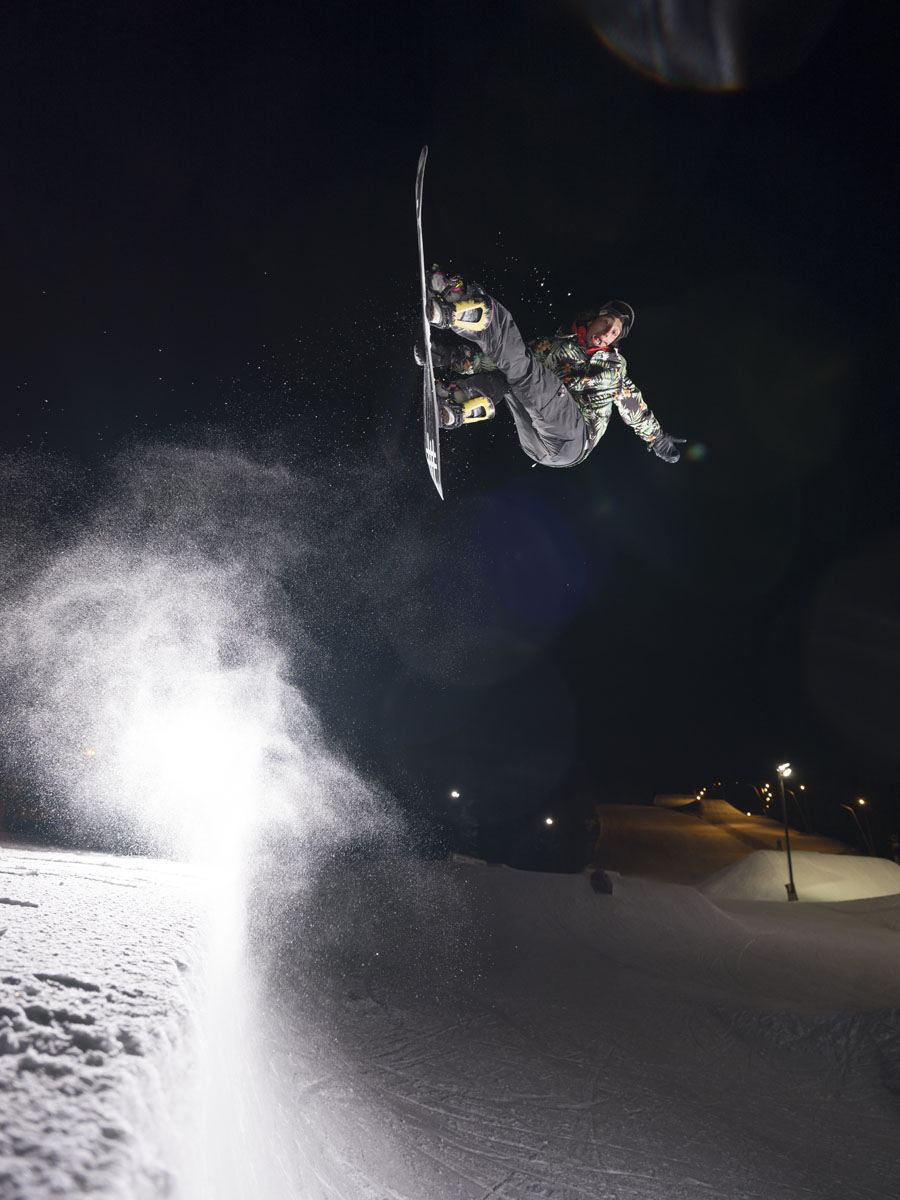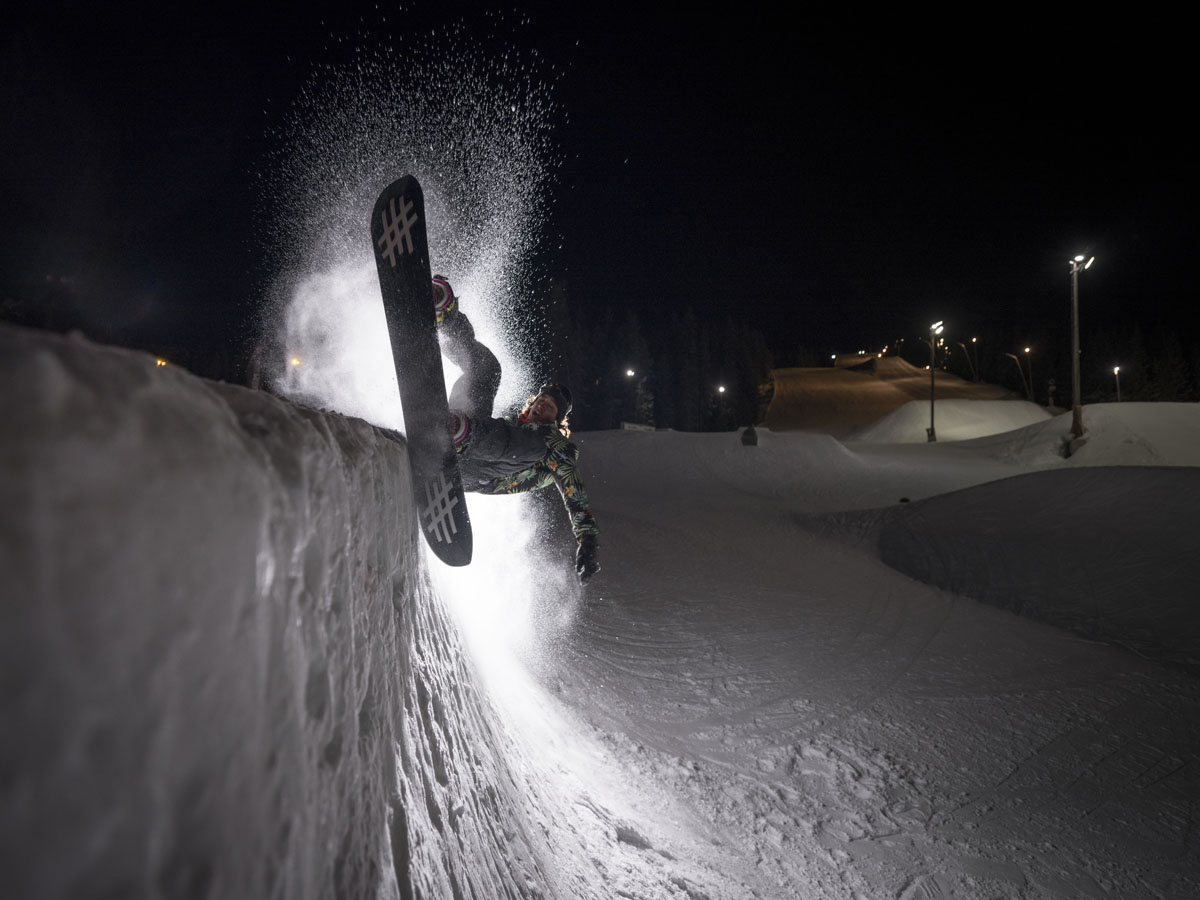
GFX Impression by Daniel Tengs
Daniel Tengs
Daniel Tengs là nhiếp ảnh gia tự do tại thành phố Oslo, Na Uy. Anh ấy đã cầm chiếc máy ảnh đầu tiên của mình vào năm 15 tuổi và khi 19 tuổi, anh ấy đã bán được bức ảnh đầu tiên. Daniel học nhiếp ảnh trong 2 năm tại Trường Kreative Na Uy ở Oslo (NKF), trước khi anh bắt đầu làm nhiếp ảnh gia chuyên nghiệp. Anh ấy chuyên chụp ảnh thể thao mạo hiểm, chủ yếu là trượt tuyết và trượt ván trên tuyết. Ở tuổi 29, đi khắp thế giới chỉ với máy ảnh và ván trượt tuyết, anh ấy đã nhìn thấy được nhiều góc cạch. Anh làm việc với tất cả các ấn phẩm lớn trong thể loại của mình, kiếm được hơn 20 trang bìa và có được trang nhất của Transworld snowboarding, tạp chí trượt tuyết lớn nhất thế giới. Đi du lịch rất nhiều và chụp nhiều danh mục cho các thương hiệu thể thao cực lớn chỉ khiến anh muốn được nhiều hơn là một nhiếp ảnh gia. Daniel đã giành được bức ảnh của năm, tại lễ trao giải trượt tuyết năm 2015. Hiện tại, anh ấy là một Nhiếp ảnh gia Fujifilm X và “phát triển mạnh mẽ” để đại diện cho một tương lai không gương lật.
In February, FUJIFILM Nordic called me and asked if I wanted to do a project with their medium format camera, GFX 50s with the new 23mm prime lens. I was over the moon with excitement. We started working out a concept that could test the camera in my “everyday” environment and shooting style. As I am an extreme-sports photographer I am not very used to working with medium format camera systems, so this was very exciting. Ski and snowboard would really put this camera to the test.
The first time I picked up the camera from the Pelicase I was in love. The camera was so light, compared to what I was expecting. I started playing around with it immediately.
Under one month later, we set off to Trysil, Norway. A small town 3-hour drive from Oslo. This was one of few places that still had snow. We were a crew of 4, Mikkel, the filmer and me, Len and Sparrow were the riders. We also had a friend, snowboarder and master-snow-park-builder named Odd Roar. He helped us out with pretty much everything. Trysil welcomed us with open arms and we made the most of it.
The first day we just drove around scoping different street spots to ride snowboard on, added them to our library of spots and started planning our next days.
We all agreed on which spots we wanted to do the next following days and we sat out to build them. One of the spots was the stadium spot, and it definitely took the most amount of building. 4 guys and 5 Hours and we still were not done.
The daylight started to run out, but that was our plan. We wanted the twilight to set in for a bridge spot on the top of the mountain. The plan was to shoot the snowboarders in silhouette as they railed across the bridge. When we turned up at the spot we had perfect light and it only took the riders 15 minutes to get the photos we needed.
Now that we had a shot in the bag we were feeling confident about the project and the camera. I had shot my first photo of the trip of actual snowboarding and I was amazed. At location I could not believe how quick it was from I pressed the shutter to the camera took the picture. I pressed when I saw the moment I wanted, and that moment was what I saw on the monitor. Even more impressed was I when I saw the same photos on my laptop later that night. The color, ISO performance, resolution, dynamic range, everything was blowing me out of the water.
The next day we sat out to shoot photos in the resort, and I was very excited to check out the body weight of the camera. Since I always work with the camera hand held, it is important that the setup does not get to heavy, and since we had a whole day of shooting ahead of us I was hoping that would go well.
The guys was riding the half pipe, the big jumps, doing sprays, spins, flips, everything. I was riding alongside shooting photos of everything. It was going great and the hours just flew by.
8 hours later and I still had more power left, in my arms.
The weight of the GFX setup was no problem at all, for a whole day of hand held shooting. I was really amazed. Equally satisfied was I after using the EVF and the tilt adapter. It was such an advantage for me in the field. Working with bright snow and sunshine, can make for trouble when watching your footage. But that was not the case with the GFX.
After we ate dinner we still had some shooting left to do, so we went back to the halfpipe at night and shot even more photos. That was when I realized that I still had not changed battery.</br /> I was blown away that it was possible to shoot a whole day on one battery in the the temperatures we did.
The next day we went back to the stadium, which was the first spot we built. We got a local to help tow in the riders with a snowmobile, it was the only way the guys could get enough speed to jump over the stadium seats. Everything was good to go, and Len (snowboarder) was going full speed towards the jump. Everything went silent when he left the jump, he flew over the seats, under the metal roof, landed on the snow and rode out. I pressed the shutter at the perfect time and I got the photo I wanted! I was very pleased with the trip and the way that the camera performed in my line of work. It was a success, and I ́m looking forward to shoot with that camera in the future!















































